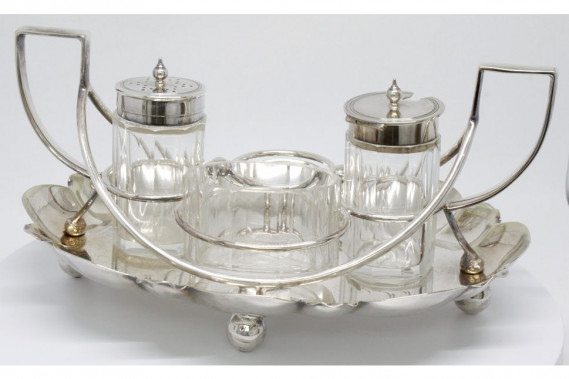Antique silverware owns a great part of its charm, as well as the beauty of the object and its artistic qualities, even to the fact that it was manually constructed by the craftsman without the help of technological means and hence it is a unrepeatable unique piece.
It is a millennial story that is behind the mastery and skill of silversmith masters but it is in the fifteenth century which, under the push of the Renaissance “humanist revolution”, silver makes its triumphal entry into daily life: on the table, with plates, cups, salters and, finally, knives and forks, of various shapes and sizes; For personal hygiene, with jugs and bacilli; In the house with sophistication, sumptuous table centers and candlesticks, enriched with precious stones, gildings and enamels.
The great European and extra-European imperial courts, which dominated the eighteenth century, the nineteenth and early twentieth centuries, were the best silversmiths to adorn their sumptuous dwellings.
With the advent of the Old Sheffield technique, silverware became more accessible to a wider range of people. This technique consisted of a “foil plating” process, which allowed the artisans to create objects that appeared to be made entirely of solid silver, but were actually made with a cheaper metal core.
Our jewelery offers selected pieces from the middle of the 19th century to the middle of 1900.


